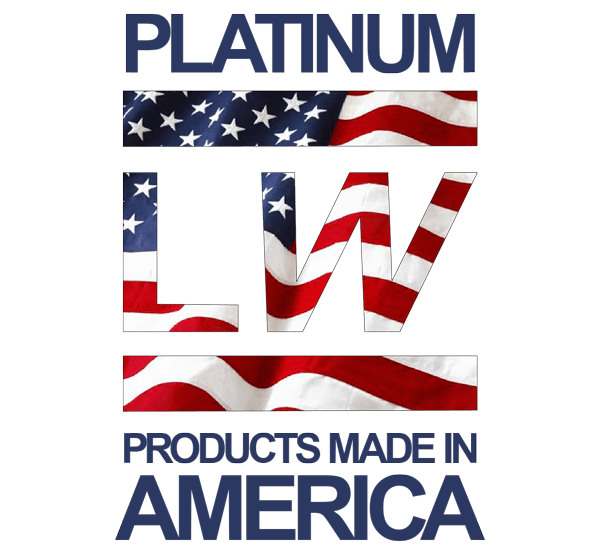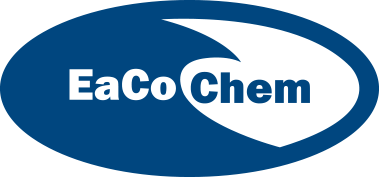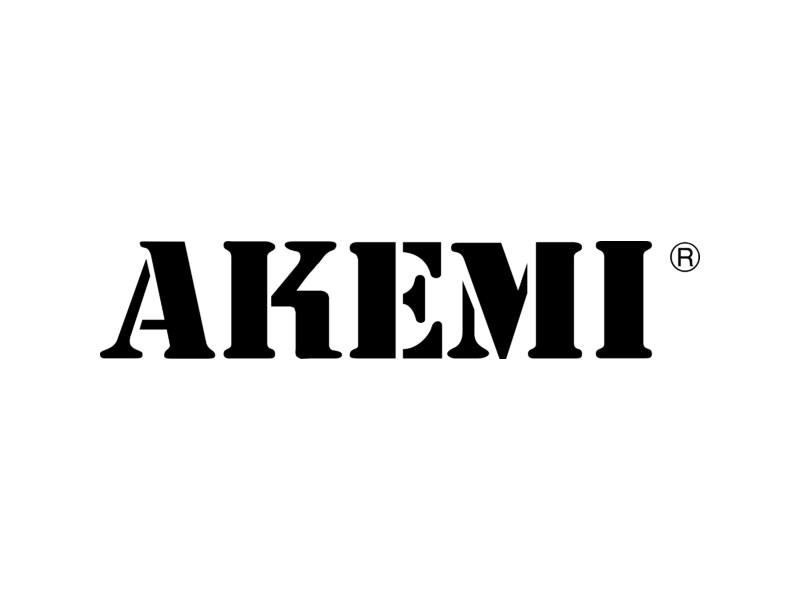History of Lime Mortar
Lime mortar, an ancient building material with a legacy dating back thousands of years, is significant in architecture. This article delves into the historical significance of lime mortar and its enduring impact.
The utilization of lime as a building material can be traced back to ancient civilizations. The Egyptians, for instance, uncovered the process of creating quicklime through the combustion of limestone. By mixing calcium oxide with water, they developed a lime putty suitable for use as mortar during the construction of the awe-inspiring Great Pyramids. Similarly, the Greeks and Romans embraced lime mortar extensively in their architectural endeavors. The Romans, in particular, employed a variant known as additional volcanic pozzolans for monumental structures, including aqueducts, temples, and theaters.
Throughout the Middle Ages, lime mortar remained widely prevalent across Europe. Its indispensability in Gothic architecture, which thrived during this era, cannot be overstated. The pointed arches, ribbed vaults, and flying buttresses characteristic of Gothic architecture necessitated a sturdy and durable mortar capable of withstanding the weight of stone structures, making lime mortar the ideal choice. Moreover, lime mortar found extensive application in the construction of medieval castles and fortifications, which demanded a mortar resilient enough to endure the rigors of siege warfare.


In Renaissance Italy, architects turned to a form of lime mortar, stucco. By combining lime with marble dust, they created a mortar capable of producing intricate decorative features such as ornate ceilings and cornices.
With the advent of the Industrial Revolution the dominance of lime mortar waned as new building systems utilizing steel for building structures and substituted modern Portland cement; reinforced concrete along with a myriad of modern applications gained prominence. Lime mortar has fortunately enjoyed a resurgence in use for historic building restoration and rehabilitation and sustainable building.
The use of Lime Mortar proves invaluable when modern materials are unsuitable or inappropriate. Many of the virtues of lime used in mortar, stucco, and plaster has now come to mainstream understanding among conscientious masons and savvy building owners. LimeWorks.us can help you with your application. We provide lectures at every one of our hands-on workshops and we run “lunch and learn” style webinar presentations for architectural offices along with live lectures for historic societies and advocated of green building.
LimeWorks.us provides all designing professionals like architects, engineers, all installers, contractors, and enthusiastic building owners with the know-how, the tools and training to install the absolute highest quality products for historic masonry preservation and sustainable building endeavors. We offer both materials based on Saint-Astier® Natural Hydraulic Lime (NHL) and our own Ecologic™ Brand Platinum line of products. The Platinum line of Ecologic™ Brand Products are ones that have all material and all labor sourced in the US for their production. They include our own Ecologic™ Pozzolanic Hydraulic Lime (PHL) 3.5, our HempCrete Binder, our TAKCOAT & TOPCOAT Plaster and Stucco and our LimeWash Platinum which all can be custom colored to any Benjamin Moore® or Sherwin Williams® Color Code.
Our flagship product is still our Ecologic™ Mortar which is pre-blended into the 12 stock “DGM” designation of colors. Ecologic™ Mortar in their stock blends are often the perfect material for repointing historic brick and stone buildings, laying brick or setting stone. It is even used as the colored finish coat of internal plaster or external stucco because of its ease of use and reasonable cost for a prepared colored product that pairs with lime scratch and brown coats. Ecologic™ Mortar is a pre-blended material made from Saint-Astier® NHL 3.5, well-graded sands, and UV light and alkaline resisting color fast iron oxide pigmentation. To help choose the best blend for your project, you can purchase the Ecologic™ Mortar Kit with 12 stock colors and the four examples of blends which are in the kit for $30.












